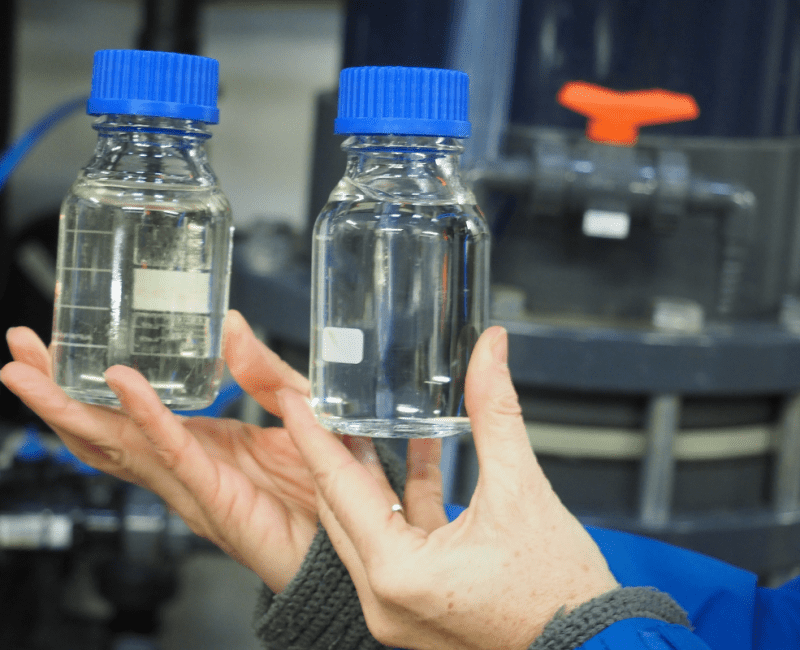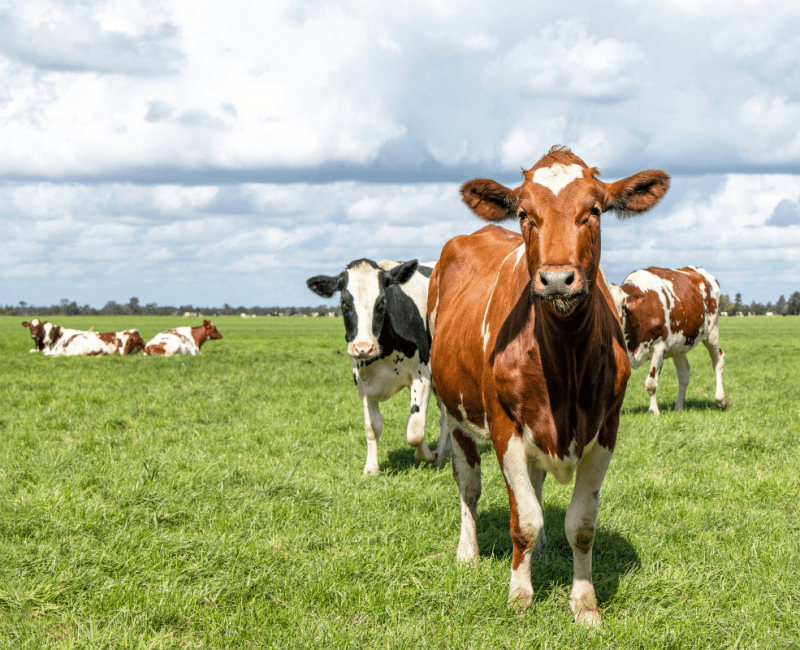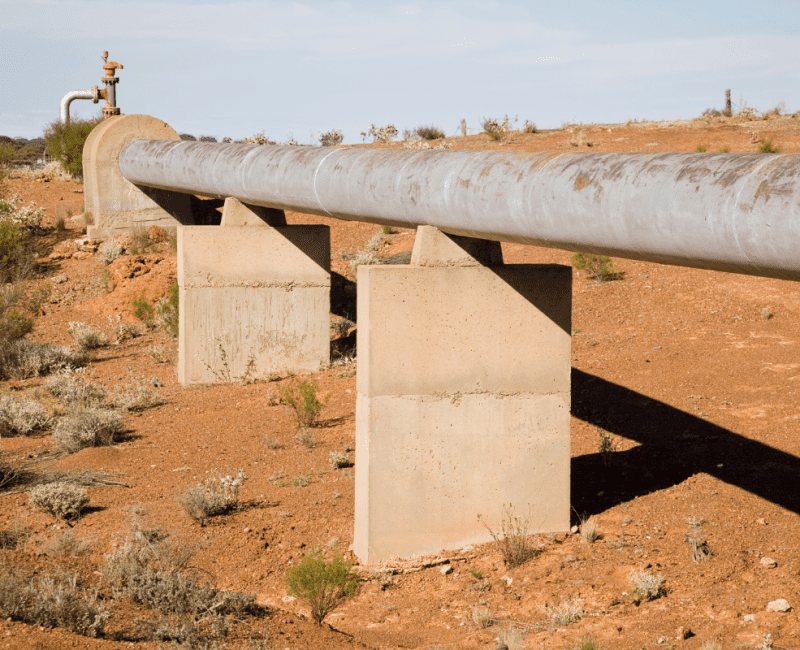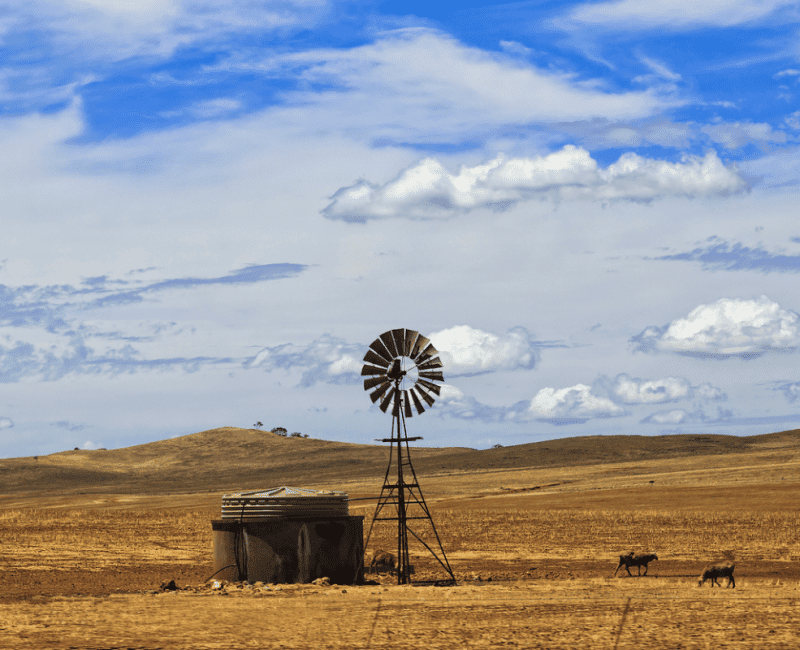
Remote communities have an issue with hardness levels in water supplies…

Remote communities have an issue with hardness levels in water supplies…

This project investigated the preparation and stability of concentrated preformed monochloramine solutions, with the potential application of remote area redosing to maintain disinfectant residual…

Smaller and regional Wastewater Treatment Plants (WWTPs) have the capacity to recycle wastewater for agricultural use, but the cost of obtaining regulatory approval or ‘accreditation’ is prohibitive…

Reverse osmosis (RO) is used to desalinate seawater and brackish groundwater, and to remove microscopic pathogens from treated wastewater…

Harmful pathogens and compounds must be removed from wastewater before it can be discharged to the environment or used for irrigation, and many source waters need salts removed to make them potable…

In Australia, remote and regional communities frequently manage relatively small, isolated water treatment and waste management systems which have water quality and health risks characteristic of small-scale decentralised operations…

The ADWG has methods for predicting risks to water quality, but these were not developed for managing extreme climate-change driven weather events such as bushfires or floods…

Groundwater, the main water supply in many remote areas of Australia, commonly contains 1500 mg/L or more ‘total dissolved solids’ (TDS), whereas palatable levels are 500 mg/L or less…

Remote and regional Australian communities commonly produce potable water by removing salt from brackish groundwater…

This research has provided the most comprehensive account of the geographical distribution of blue-green algae (cyanobacteria), and the toxins they produce, in Australia…